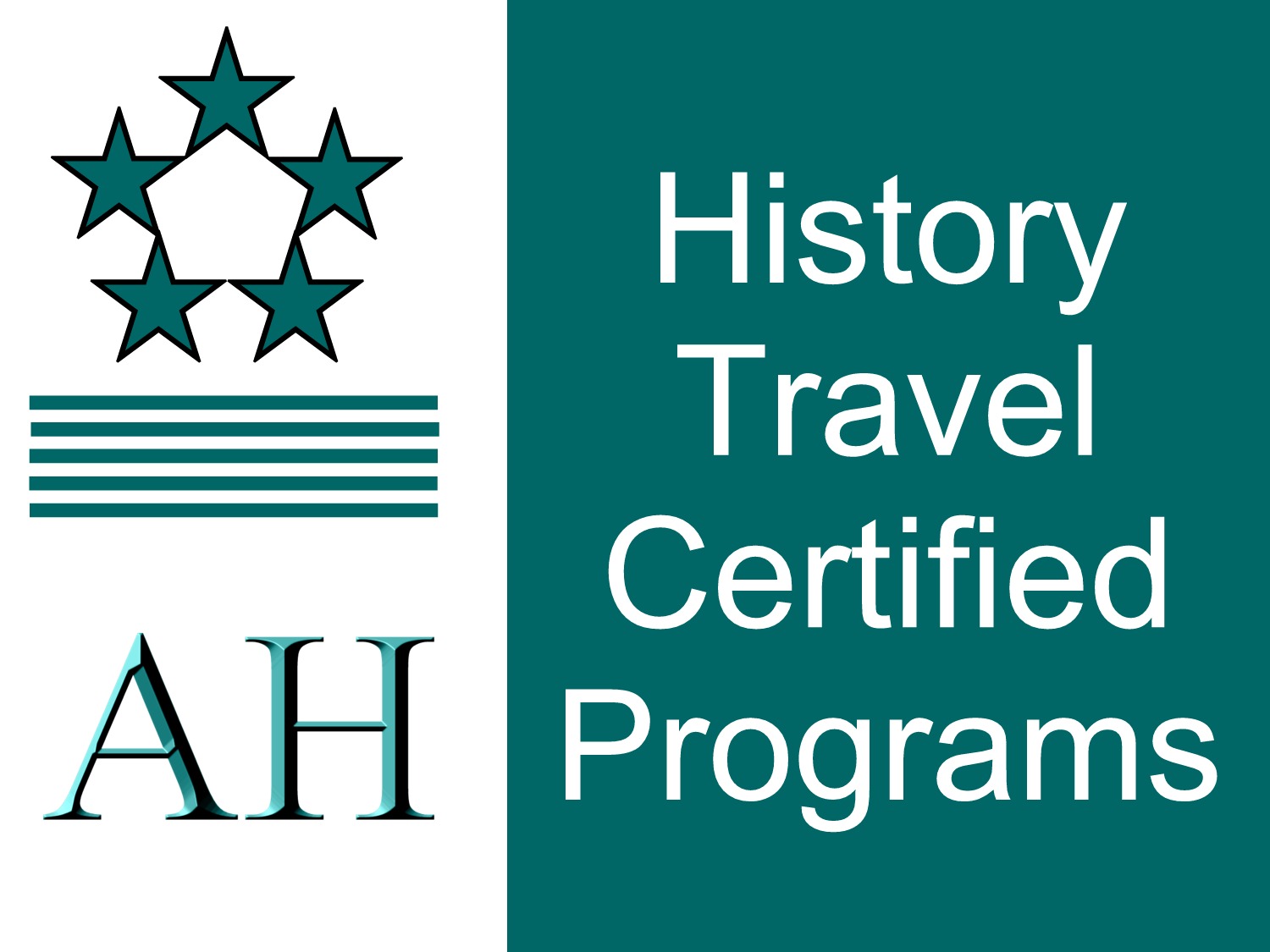
History-Periods
Past eras

From pre-history to today
Choose your period

Periods of History
explore the different eras

Thomas Moore was born on May 28, 1779, in Dublin, Ireland. He was the son of a successful grocer named John Moore and his wife, Anastasia Codd. The Moores were a Catholic family in a predominantly Protestant country, and although they were not wealthy, they were well-respected in their community.
Moore was one of five children, and his parents ensured that he received a good education. He attended several schools in Dublin, including Samuel Whyte's Academy and the Dublin University School, where he studied Latin, Greek, and other classical subjects.
In 1794, when Moore was just 15 years old, his father's business failed, and the family was forced to move to a smaller home. Despite this setback, Moore continued his studies and eventually won a scholarship to attend Trinity College Dublin, one of Ireland's most prestigious universities.
At Trinity, Moore was a diligent student, and he won several academic prizes, including the Vice-Chancellor's Prize for English Verse. He also became known for his literary talent, particularly his skill as a poet. In 1799, while still a student at Trinity, he published his first collection of poems, titled "Odes of Anacreon, Translated into English Verse, with Notes."
After graduating from Trinity in 1799, Moore briefly considered pursuing a career in law but ultimately decided to focus on his literary pursuits. However, as a Catholic, he faced certain restrictions in pursuing some career paths that were available to his Protestant peers.
For example, the Anglican Church was the established church of Ireland at the time, and many of the most prestigious positions in government and academia were reserved for Anglicans. Similarly, the British Army, which offered many opportunities for advancement and adventure, was also largely closed to Catholics.
Despite these limitations, Moore continued to write and publish poetry, and he became increasingly involved in the Dublin literary scene. In 1801, he published his second collection of poems, "Poetical Works," which was well-received and helped establish his reputation as a major literary figure in Ireland. Over the next few years, he continued to write and publish poetry and essays, and he became increasingly involved in the politics and cultural debates of the time.
Despite these obstacles, Moore continued to pursue his literary ambitions and became involved in the Dublin literary scene, where he met other young writers and poets, including Lord Byron.
Thomas More was a prominent figure in the English court during the reign of King Henry VIII. He was born in London in 1478 and was educated at Oxford University and the Inns of Court in London. More became a successful lawyer and held a number of government positions, including Speaker of the House of Commons and Chancellor of the Duchy of Lancaster.
More's friendship with Henry VIII began in the early 1500s, when he was appointed to various government positions and was involved in diplomatic missions on behalf of the king. In 1529, More was appointed Lord Chancellor of England, the highest legal office in the country. As Lord Chancellor, More was responsible for the administration of justice and had a great deal of influence over the king's policies.
However, More's friendship with Henry VIII was strained when the king sought to have his marriage to Catherine of Aragon annulled so that he could marry Anne Boleyn. More was a devout Catholic and refused to support the king's efforts, which led to his resignation as Lord Chancellor in 1532.
Despite his resignation, More remained a close confidant of the king, and Henry VIII even stayed with More and his family at their home in Chelsea. However, their friendship soured when More refused to take an oath recognizing Henry VIII as the head of the Church of England, which had been established as a separate entity from the Roman Catholic Church.
In 1535, More was charged with treason for refusing to acknowledge the king's authority over the church and was sentenced to death. He was executed by beheading on July 6, 1535, and is remembered as a saint by the Catholic Church for his devotion to his faith and his commitment to his conscience.
Thomas More's trial and execution were politically charged events that were closely tied to his refusal to acknowledge King Henry VIII as the supreme head of the Church of England.
In 1532, More resigned as Lord Chancellor after refusing to support Henry VIII's plan to annul his marriage to Catherine of Aragon so that he could marry Anne Boleyn. More, who was a devout Catholic, could not in good conscience support the king's decision, which was at odds with the teachings of the Catholic Church.
In 1534, the Act of Supremacy was passed, which declared Henry VIII to be the supreme head of the Church of England, thus separating it from the authority of the Roman Catholic Church. More, who refused to take the oath recognizing the king's supremacy over the church, was arrested and charged with treason.
More's trial was a highly publicized event, and he was accused of conspiring against the king and supporting the Pope's authority over the English church. More defended himself eloquently, but he was ultimately found guilty and sentenced to death.
On July 6, 1535, More was executed by beheading at the Tower of London. Before his execution, he famously declared, "I die the King's good servant, but God's first." His death was widely mourned by the Catholic community, and he was later canonized as a saint by the Catholic Church.
More's execution was part of a broader campaign by Henry VIII to assert his authority over the church and to break with Rome. More's steadfast commitment to his conscience and his faith has made him an enduring symbol of courage and integrity in the face of political pressure.
Thomas More was a Renaissance humanist and intellectual who lived in the 16th century, before the period known as the Enlightenment. However, his work and ideas were influential in the development of humanist thought, which was an important precursor to Enlightenment thinking.
Thomas More and Erasmus of Rotterdam had a close and enduring friendship that lasted for many years. They met in 1499, when More was serving as a page in the household of John Morton, the Archbishop of Canterbury. Erasmus had recently arrived in England and was seeking patrons to support his work as a scholar and writer.
More and Erasmus shared a deep interest in classical literature, philosophy, and theology, and they quickly became friends. They corresponded frequently over the years, exchanging ideas and sharing their work with each other. More often sent Erasmus copies of his writings to review and critique, and Erasmus did the same.
One of the most famous examples of their collaboration was the publication of "Epigrammata," a collection of Latin poems that they co-authored. The book was published in 1518 and was dedicated to their mutual friend, the Italian philosopher and theologian Giovanni Pico della Mirandola.
Another notable collaboration was their work on a translation of the Greek New Testament into Latin. Erasmus had produced a new edition of the Greek text, which he believed was more accurate than the Latin version that was commonly used at the time. More worked with Erasmus to produce a new Latin translation of the text, which was published in 1516.
Erasmus dedicated his most famous work, "In Praise of Folly," to More, and the book is seen as a satirical critique of the church and the abuses of power that were prevalent at the time. More was an important influence on Erasmus's work, and the two men shared a commitment to humanist values such as education, reason, and tolerance.
Despite their differences of opinion on certain theological and political issues, More and Erasmus remained close friends throughout their lives. Their correspondence provides a fascinating glimpse into the intellectual and cultural life of Renaissance Europe and is a testament to the enduring power of friendship and collaboration.
More was also a prominent figure in the intellectual and cultural circles of his time, and he counted many other leading humanists and intellectuals as friends and colleagues. These included the Italian philosopher and theologian Giovanni Pico della Mirandola, the English poet and diplomat Sir Thomas Wyatt, and the French writer and theologian François Rabelais.
More's most famous work, "Utopia," was published in 1516 and was widely read and influential in its time. The book, which describes an imaginary island society that is based on principles of social and economic equality, is seen as a key example of humanist thought and was an important influence on later Enlightenment thinkers such as Jean-Jacques Rousseau and Thomas Paine.
More's work as a lawyer, philosopher, and theologian helped to shape the intellectual landscape of his time, and his legacy has continued to influence later generations of thinkers and writers.
If you have a suggestion regarding additional topics you would like to see included - please let us know
Reference: Article by Greg Scott (Staff Historian), 2024
